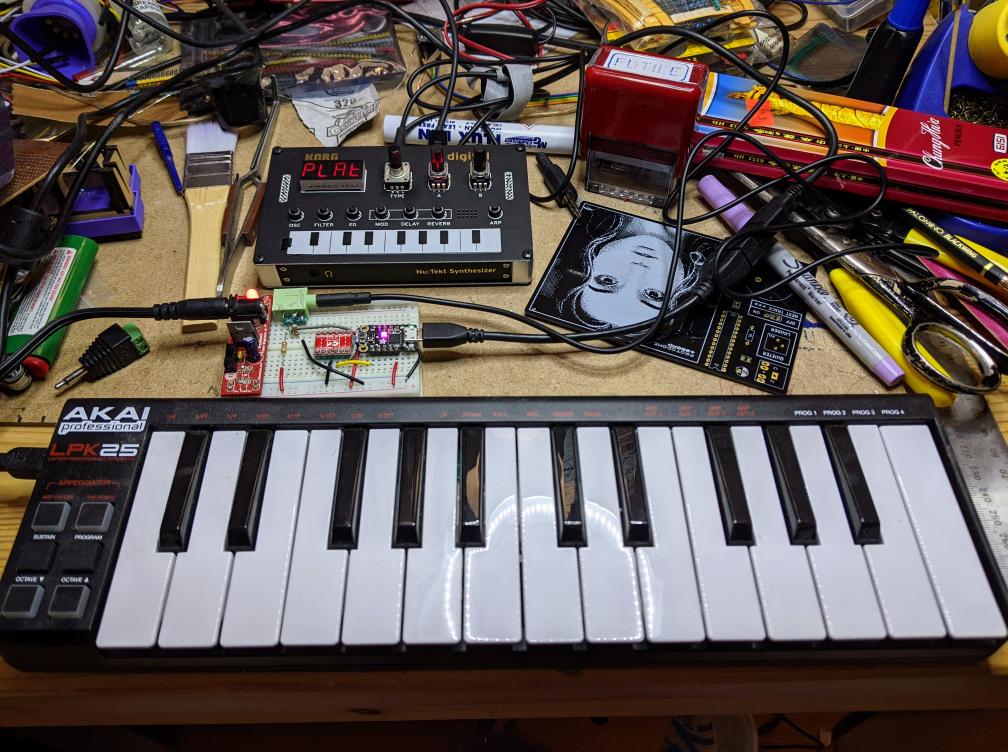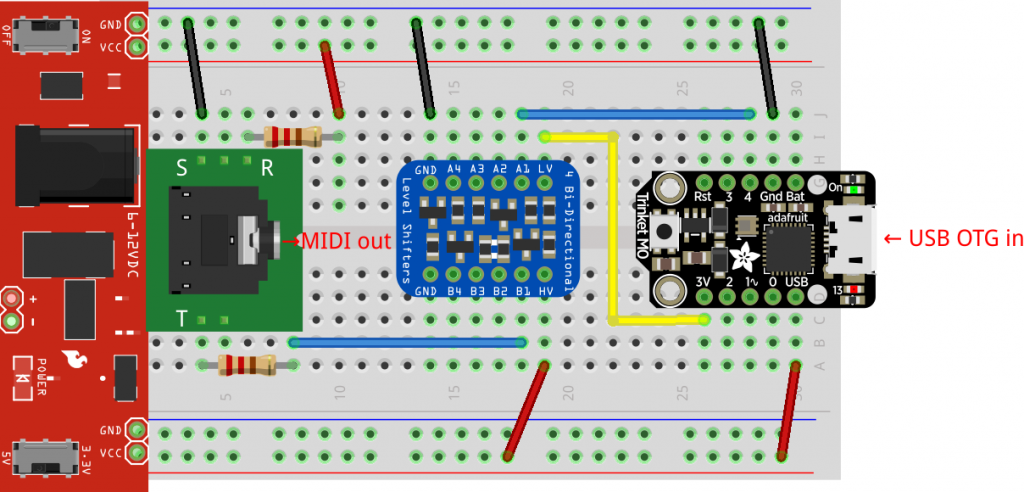Full repo, with module and instructions, here: scruss/micropython-SYN6988: MicroPython library for the VoiceTX SYN6988 text to speech module
(and for those that CircuitPython is the sort of thing they like, there’s this: scruss/circuitpython-SYN6988: CircuitPython library for the YuTone VoiceTX SYN6988 text to speech module.)
I have a bunch of other boards on order to see if the other chips (SYN6288, SYN6658, XF5152) work in the same way. I really wonder which I’ll end up receiving!
Update (2023-07-09): Got the SYN6658. It does not support English TTS and thus is not recommended. It does have some cool sounds, though.
Embedded Text Command Sound Table
The github repo references Embedded text commands, but all of the sound references was too difficult to paste into a table there. So here are all of the ones that the SYN-6988 knows about:
- Name is the string you use to play the sound, eg: [x1]sound101
- Alias is an alternative name by which you can call some of the sounds. This is for better compatibility with the SYN6288 apparently. So [x1]sound101 is exactly the same as specifying [x1]sounda
- Type is the sound description from the manual. Many of these are blank
- Link is a playable link for a recording of the sound.
| Name | Alias | Type | Link |
|---|---|---|---|
| sound101 | sounda | ||
| sound102 | soundb | ||
| sound103 | soundc | ||
| sound104 | soundd | ||
| sound105 | sounde | ||
| sound106 | soundf | ||
| sound107 | soundg | ||
| sound108 | soundh | ||
| sound109 | soundi | ||
| sound110 | soundj | ||
| sound111 | soundk | ||
| sound112 | soundl | ||
| sound113 | soundm | ||
| sound114 | soundn | ||
| sound115 | soundo | ||
| sound116 | soundp | ||
| sound117 | soundq | ||
| sound118 | soundr | ||
| sound119 | soundt | ||
| sound120 | soundu | ||
| sound121 | soundv | ||
| sound122 | soundw | ||
| sound123 | soundx | ||
| sound124 | soundy | ||
| sound201 | phone ringtone | ||
| sound202 | phone ringtone | ||
| sound203 | phone ringtone | ||
| sound204 | phone rings | ||
| sound205 | phone ringtone | ||
| sound206 | doorbell | ||
| sound207 | doorbell | ||
| sound208 | doorbell | ||
| sound209 | doorbell | ||
| sound301 | alarm | ||
| sound302 | alarm | ||
| sound303 | alarm | ||
| sound304 | alarm | ||
| sound305 | alarm | ||
| sound306 | alarm | ||
| sound307 | alarm | ||
| sound308 | alarm | ||
| sound309 | alarm | ||
| sound310 | alarm | ||
| sound311 | alarm | ||
| sound312 | alarm | ||
| sound313 | alarm | ||
| sound314 | alarm | ||
| sound315 | alert/emergency | ||
| sound316 | alert/emergency | ||
| sound317 | alert/emergency | ||
| sound318 | alert/emergency | ||
| sound401 | credit card successful | ||
| sound402 | credit card successful | ||
| sound403 | credit card successful | ||
| sound404 | credit card successful | ||
| sound405 | credit card successful | ||
| sound406 | credit card successful | ||
| sound407 | credit card successful | ||
| sound408 | successfully swiped the card |

